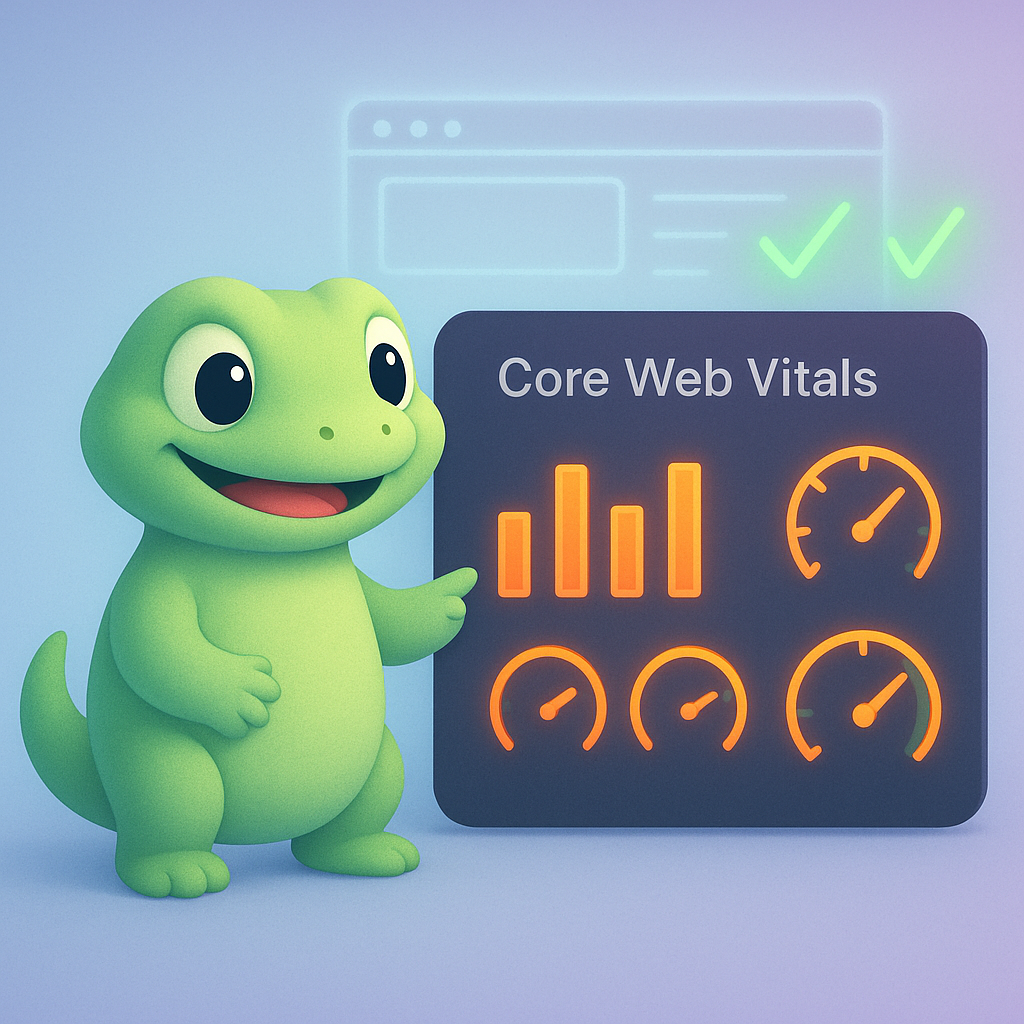Critical SEO mistakes to avoid for better rankings
In today’s competitive digital landscape, even experienced marketers make SEO errors that silently sabotage their organic growth. While basic SEO principles are widely understood, subtle technical missteps and strategic oversights can dramatically impact your search visibility—often without obvious warning signs in your analytics.
Advanced technical SEO mistakes
Keyword cannibalization
One of the most damaging technical SEO mistakes is competing against yourself. When multiple pages target identical search terms, you’re essentially forcing Google to choose which page to rank, diluting your ranking potential across both.
Research from SearchAtlas shows that resolving cannibalization issues can increase organic traffic by 20-30% within just weeks. It’s like having two salespeople pitching the same product to the same customer—confusing and counterproductive. Use Google Search Console to identify pages competing for the same queries, then either:
- Merge redundant content into comprehensive guides
- Differentiate pages by targeting distinct search intents
- Implement canonical tags for necessary duplicate content
The difference between mediocre and exceptional SEO often lies in how well you resolve these internal conflicts that prevent your best content from rising to the top.

Neglecting Core Web Vitals optimization
Poor site performance directly impacts rankings and conversion rates. A study by AHI Techno found that sites meeting Core Web Vitals thresholds had 24% fewer abandons than non-compliant sites.
Think of Core Web Vitals as your website’s vital signs—when they’re off, everything suffers. Marketing leaders should prioritize:
- Image compression and next-gen formats
- Implementing Content Delivery Networks (CDNs)
- Minimizing render-blocking JavaScript
Track these metrics regularly using free SEO analysis report tools that specialize in technical performance audits. With Google’s increasing emphasis on page experience, this is no longer optional—it’s essential for competitive rankings.

Content strategy blunders
Ignoring search intent alignment
The most sophisticated keyword research means nothing if your content doesn’t match what users actually want. Intent misalignment remains the #1 reason technically “optimized” content fails to rank.
Modern SEO requires mapping content to distinct search intents:
- Informational (“how to…”)
- Navigational (“brand name + product”)
- Transactional (“buy”, “price”, “deals”)
- Commercial investigation (“best”, “reviews”)
Our free keyword clustering tool can help you group keywords by intent to ensure proper alignment across your content strategy. Think of search intent as the GPS coordinates for your content—without it, you’re creating in the dark, hoping to accidentally reach your destination.
Over-optimization for AI tools
The rush to capture featured snippets and voice search results has led many marketers to create unnatural content that performs poorly in traditional search. According to Eternity Marketing, excessive FAQ schema, unnatural question-answer formatting, and keyword-stuffed headings can trigger algorithmic penalties.
Balance AI optimization with human readability by:
- Ensuring content flows naturally despite structured data implementation
- Using our content writer generator to draft AI-friendly content that still maintains human quality
- Monitoring featured snippet performance with seo keyword tracking tools
The best content satisfies both algorithmic and human audiences—sacrificing one for the other is a common mistake that limits your content’s full potential.
Neglecting long-tail keyword opportunities
Enterprise SEO teams often fixate on high-volume head terms while overlooking valuable long-tail keywords that drive conversions. Research from HashE shows that long-tail keywords convert at 2.5x the rate of head terms.
Long-tail keywords are like hidden treasure in your SEO strategy—less competitive but often more valuable. Sophisticated marketers leverage long-tail strategy by:
- Targeting specific queries with clear purchase intent
- Creating topical content clusters around core themes
- Using semantic variations to capture additional SERP real estate
While your competitors battle for broad terms with minimal conversion potential, smart SEO teams quietly capture high-intent traffic through strategic long-tail targeting.
Analytics and measurement errors
Relying solely on position tracking
Position tracking alone creates dangerous blind spots in your SEO strategy. Smart marketers combine ranking data with performance metrics to understand the full picture.
Rankings without context are like knowing your car’s speed without knowing your destination or fuel level. Implement a comprehensive tracking approach by integrating:
- Position tracking tools for ranking visibility
- Google Analytics SEO reporting for user behavior analysis
- Conversion tracking to measure actual business impact
Consider creating a unified dashboard using Data Studio SEO report templates to visualize these metrics in one place. This holistic view transforms rankings from vanity metrics into actionable business intelligence.
Misinterpreting algorithm fluctuations
Many marketers panic during algorithm updates, making reactive changes that harm long-term performance. Statistical analysis by Stan Ventures shows that 62% of sites that make immediate major changes during updates see worse outcomes than those that wait for stabilization.
Algorithm updates are like economic recessions—those who make panicked decisions often fare worse than those who stay the course with quality fundamentals. Instead:
- Document suspected algorithm impacts with SEO ranking report tools
- Compare against industry benchmarks before making changes
- Focus on long-term quality improvements rather than quick fixes
The most successful SEO strategies are built on consistent quality rather than reactive tactics that chase algorithm changes.
ROI measurement and resource allocation
Insufficient investment tracking
Without proper ROI tracking, SEO initiatives risk budget cuts and organizational deprioritization. Advanced SEO teams use sophisticated attribution modeling to demonstrate true business impact.
Quantify your SEO success with the SEO ROI calculator to show stakeholders the financial impact of organic initiatives, including:
- Revenue attribution by organic landing page
- Customer acquisition costs compared to paid channels
- Lifetime value of organic vs. other acquisition sources
When you can translate rankings and traffic into revenue and ROI, SEO transforms from a technical activity into a strategic business investment with measurable returns.
Siloed SEO operations
When SEO operates independently from other marketing channels, opportunities for synergy are lost. High-performing organizations at ContentGecko integrate SEO insights across paid media, content marketing, and product development teams.
Breaking down these silos allows SEO data to inform broader business decisions:
- Keyword insights can guide paid search campaigns
- Content performance analytics can refine product messaging
- Technical SEO audits can inform development priorities
The most sophisticated SEO operations don’t just optimize for search—they become intelligence centers that drive decision-making across marketing functions.
TL;DR
The most damaging SEO mistakes aren’t basic oversights but strategic errors that compound over time. Focus on resolving keyword cannibalization, optimizing Core Web Vitals, aligning content with search intent, and implementing proper measurement frameworks. By avoiding these advanced SEO pitfalls, you’ll gain competitive advantage while others continue making the same sophisticated mistakes that undermine their organic growth potential.
